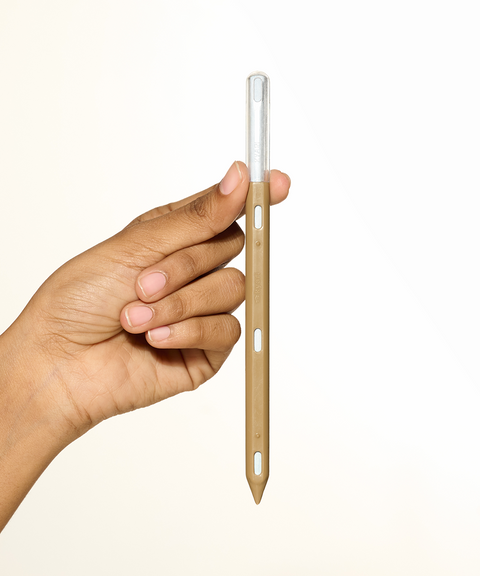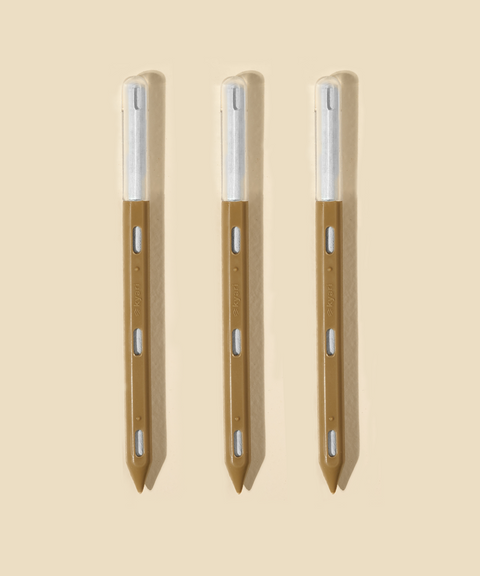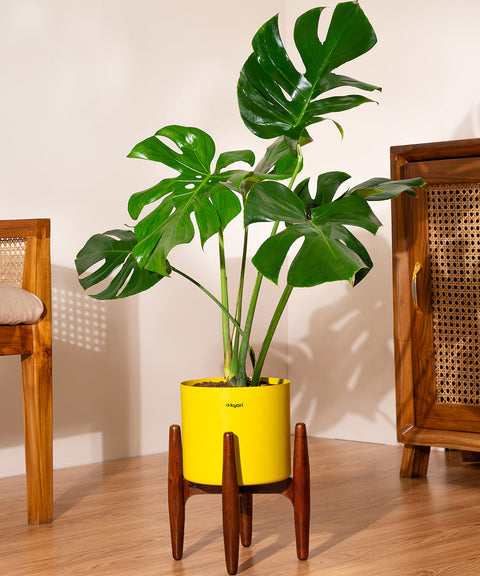About
Philodendron Micans plant
The Philodendron Micans, known for its velvety heart-shaped leaves and vining growth, is a popular choice for indoor gardeners. Its stunning foliage adds a touch of tropical charm to any space, and it's known for being low-maintenance.
Origin
Native to the tropical rainforests of Central and South America.
Light
Prefers bright indirect light but can tolerate low light conditions. Avoid direct sunlight as it can scorch the leaves.

Water
Water when the top inch of soil feels dry. Philodendron Micans enjoys evenly moist soil but is susceptible to root rot if overwatered.
Humidity
Thrives in average household humidity but appreciates occasional misting to maintain leaf health.
The Philodendron Micans is often referred to as the "velvet leaf" plant due to its unique, soft-textured leaves. It's a favorite among plant enthusiasts for its beautiful trailing growth and ease of care
Placement
The Philodendron Micans is known for its calming energy and lush appearance. Here’s where to place it
Adds greenery and improves air quality. Position it near a window with indirect light to showcase its heart-shaped leaves.
Enhances focus and reduces stress. Its presence can create a more serene and productive workspace.
Promotes a restful sleep environment by purifying the air. A Philodendron Micans in the bedroom can help create a calming atmosphere.
Frequently Asked Questions
The ideal temperature is between 60°F to 80°F (16°C to 27°C). Protect it from cold drafts.
Water when the top inch of soil feels dry. Adjust frequency based on light exposure and indoor climate.
Prefers bright indirect light but can tolerate low light conditions. Avoid direct sunlight.
Position it in a bright indirect light area such as the living room or office.
Trim off any dead or yellowing leaves and ensure the plant is free from dust.
Yellowing leaves can indicate overwatering. Improve drainage and reduce watering frequency.
This indicates low humidity or underwatering. Increase humidity and ensure consistent watering.








 Limited Time Deal
Limited Time Deal
 BYOB - Small Plants
BYOB - Small Plants







































































































